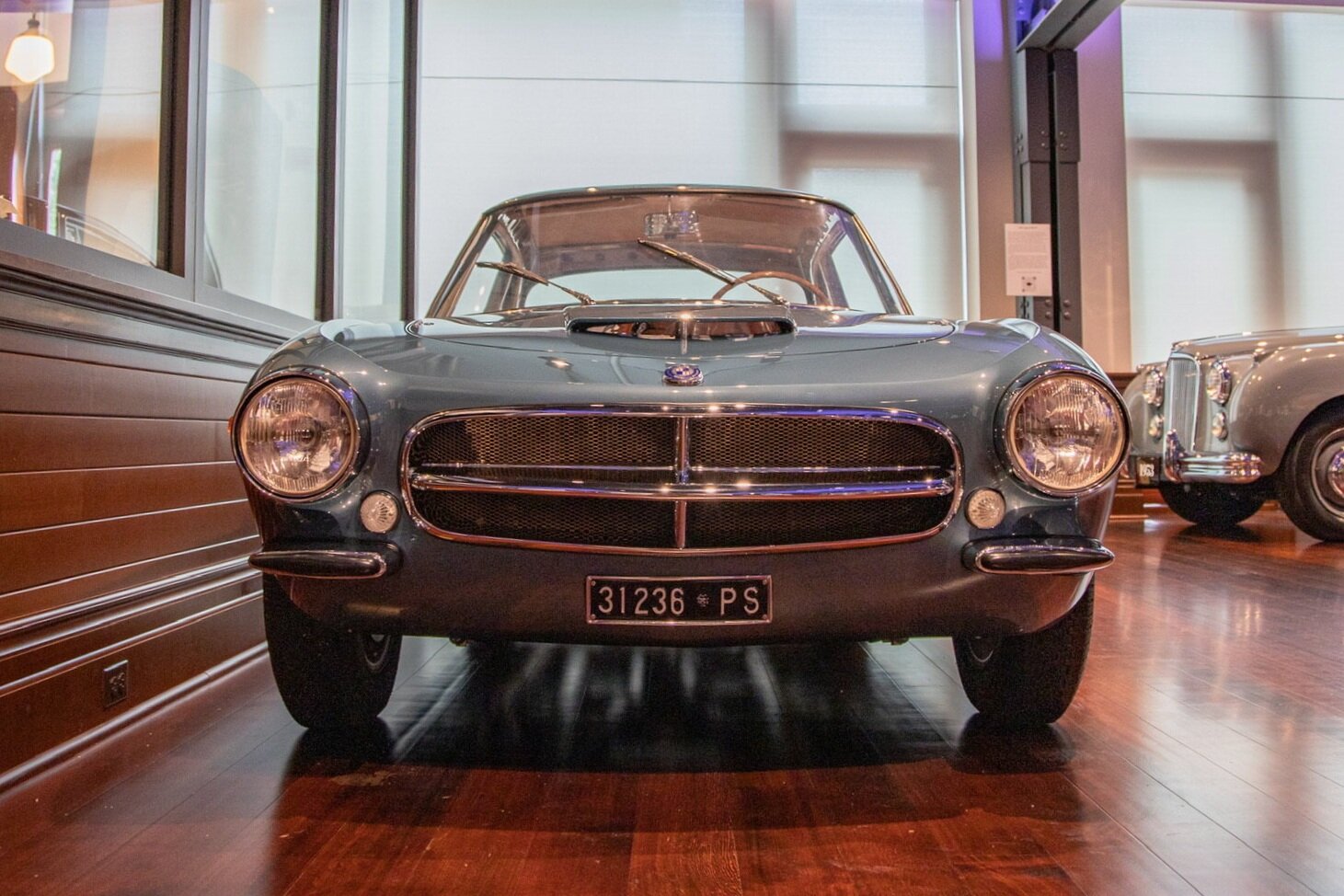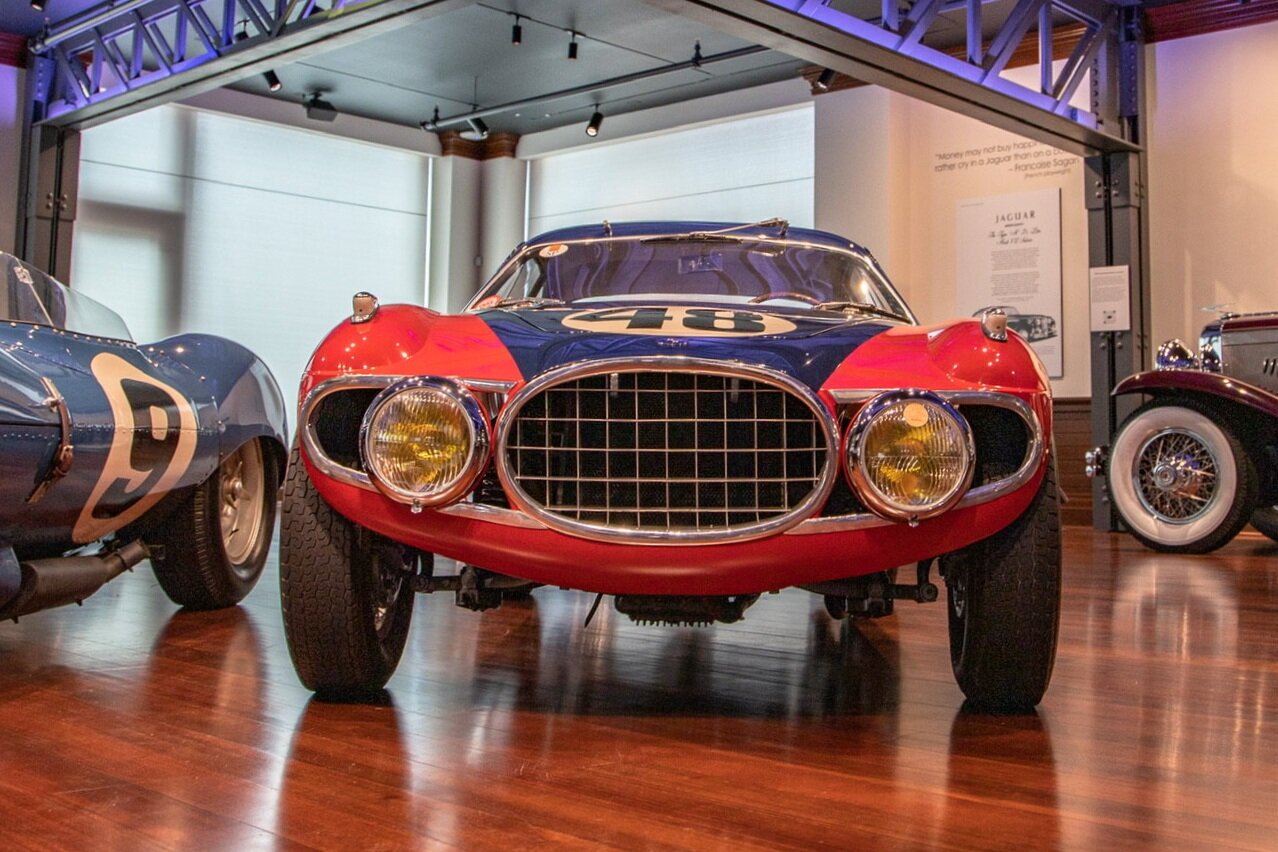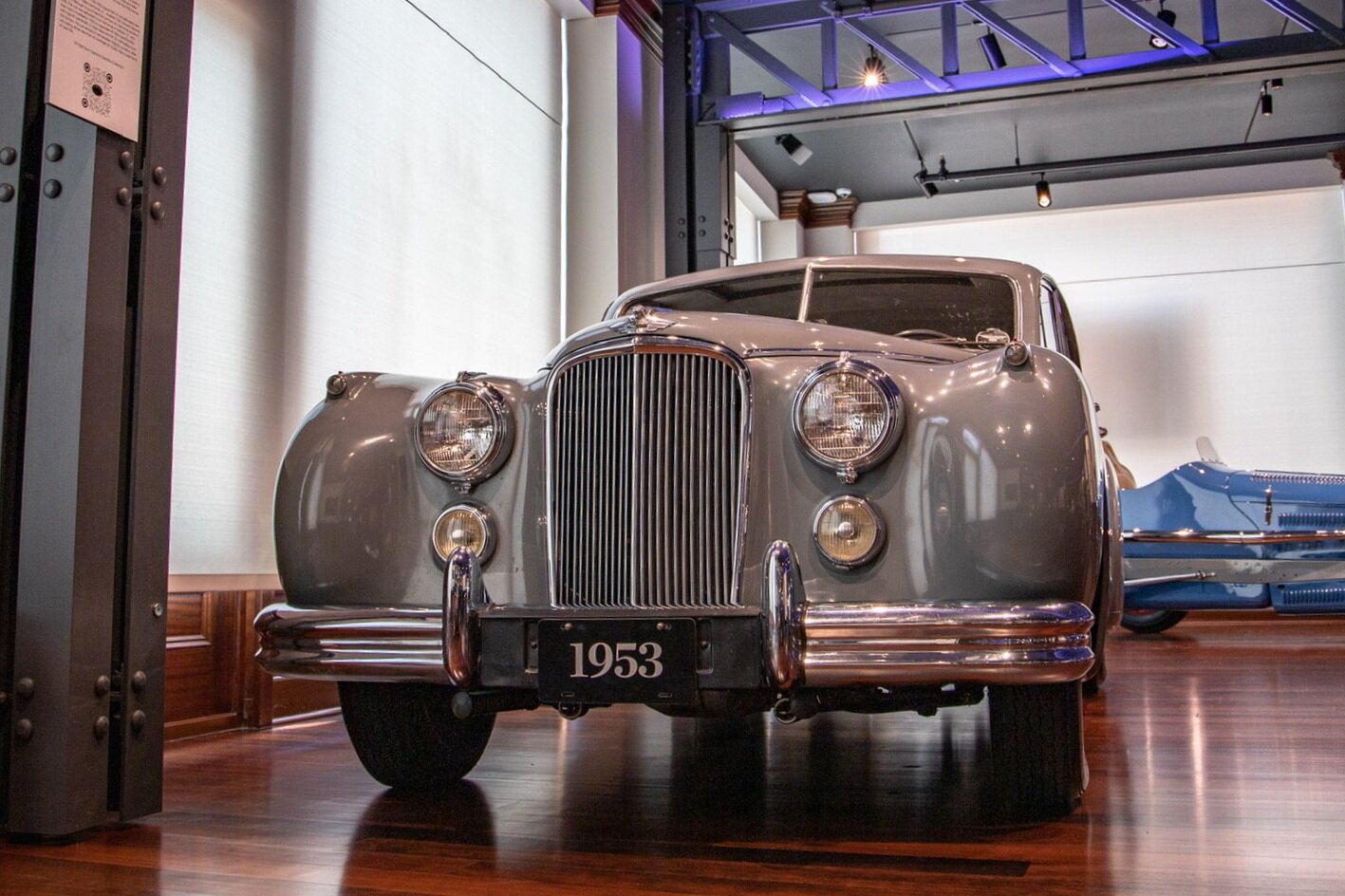1930 Duesenberg 'Fred Frame' Special
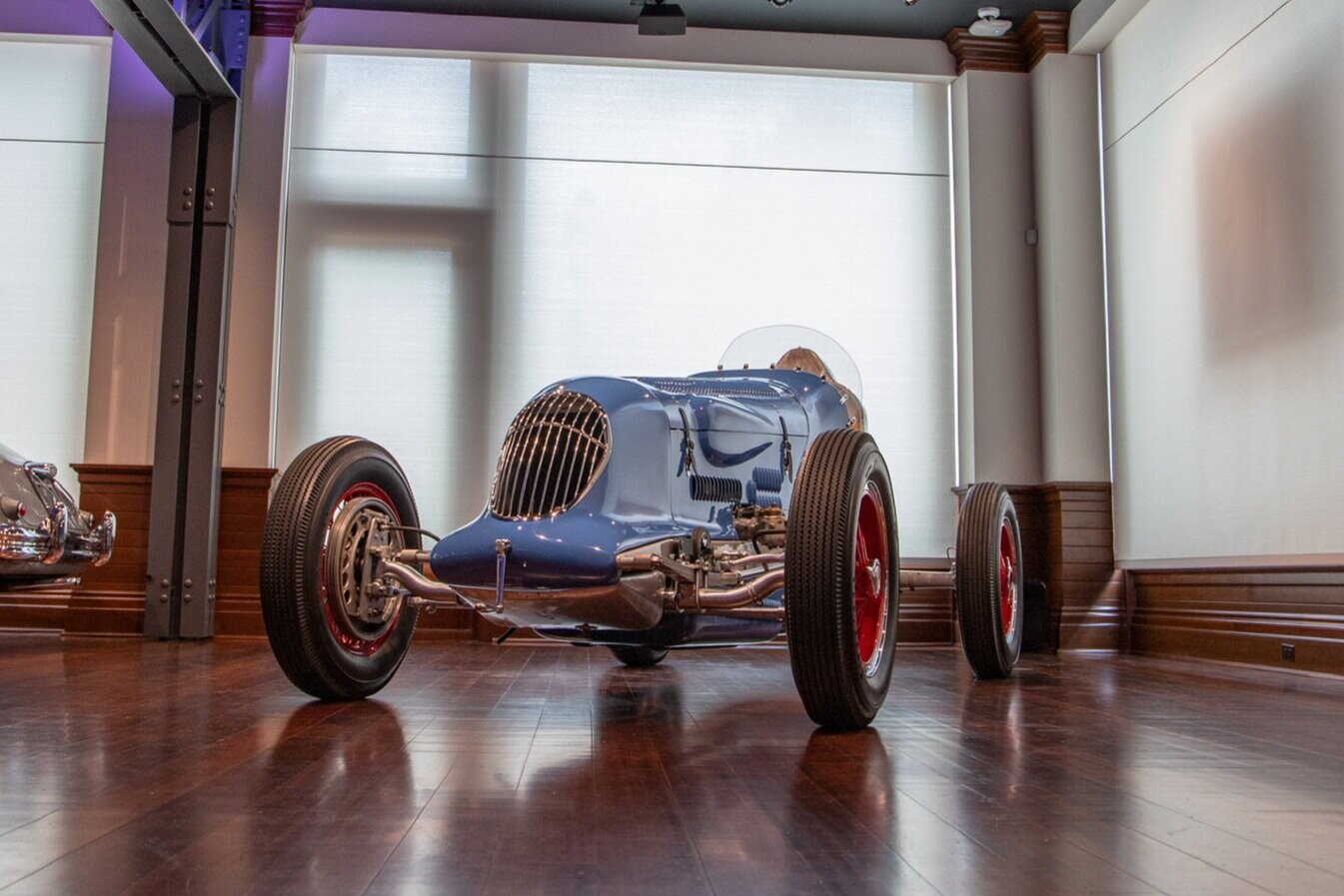
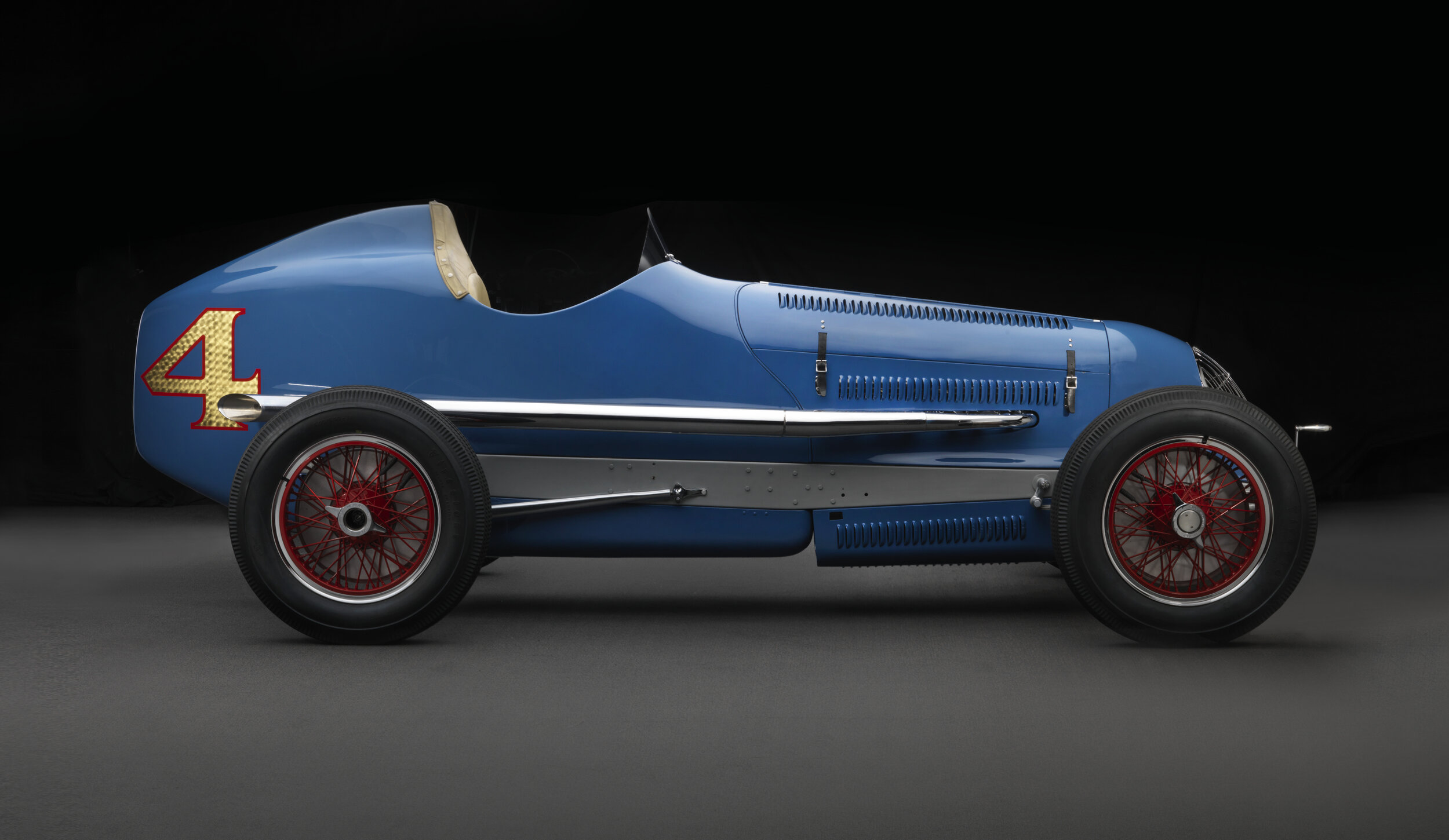
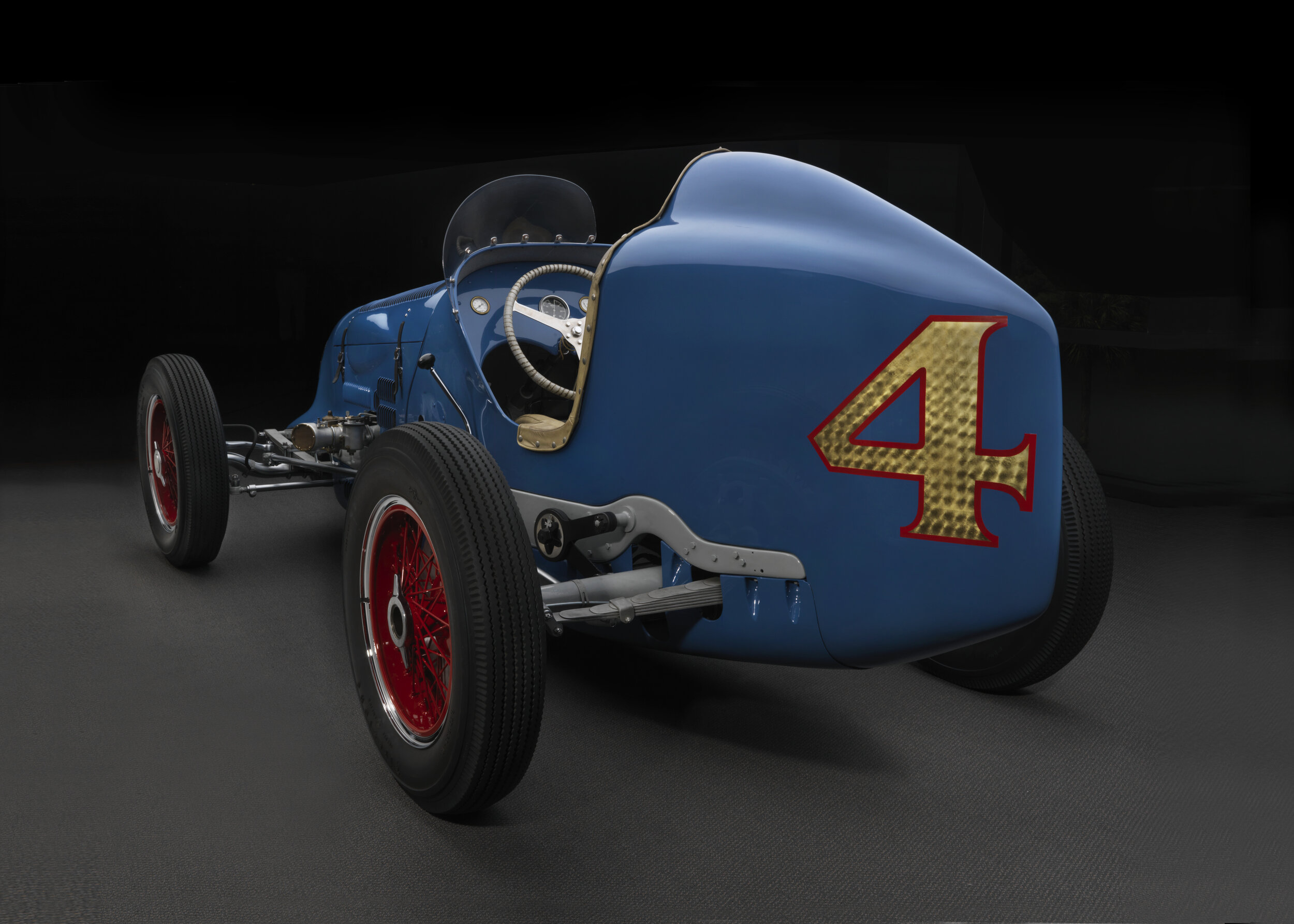
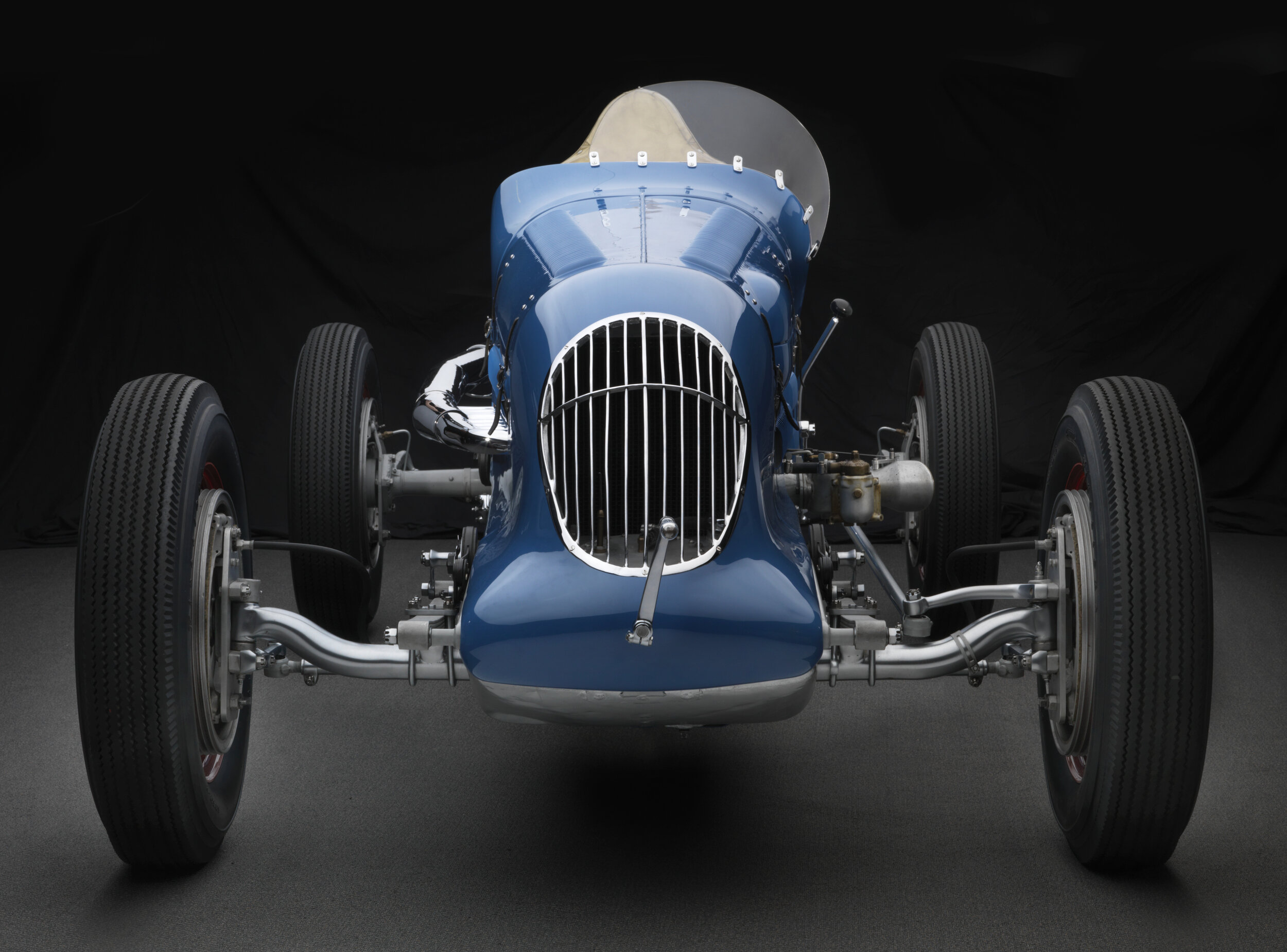

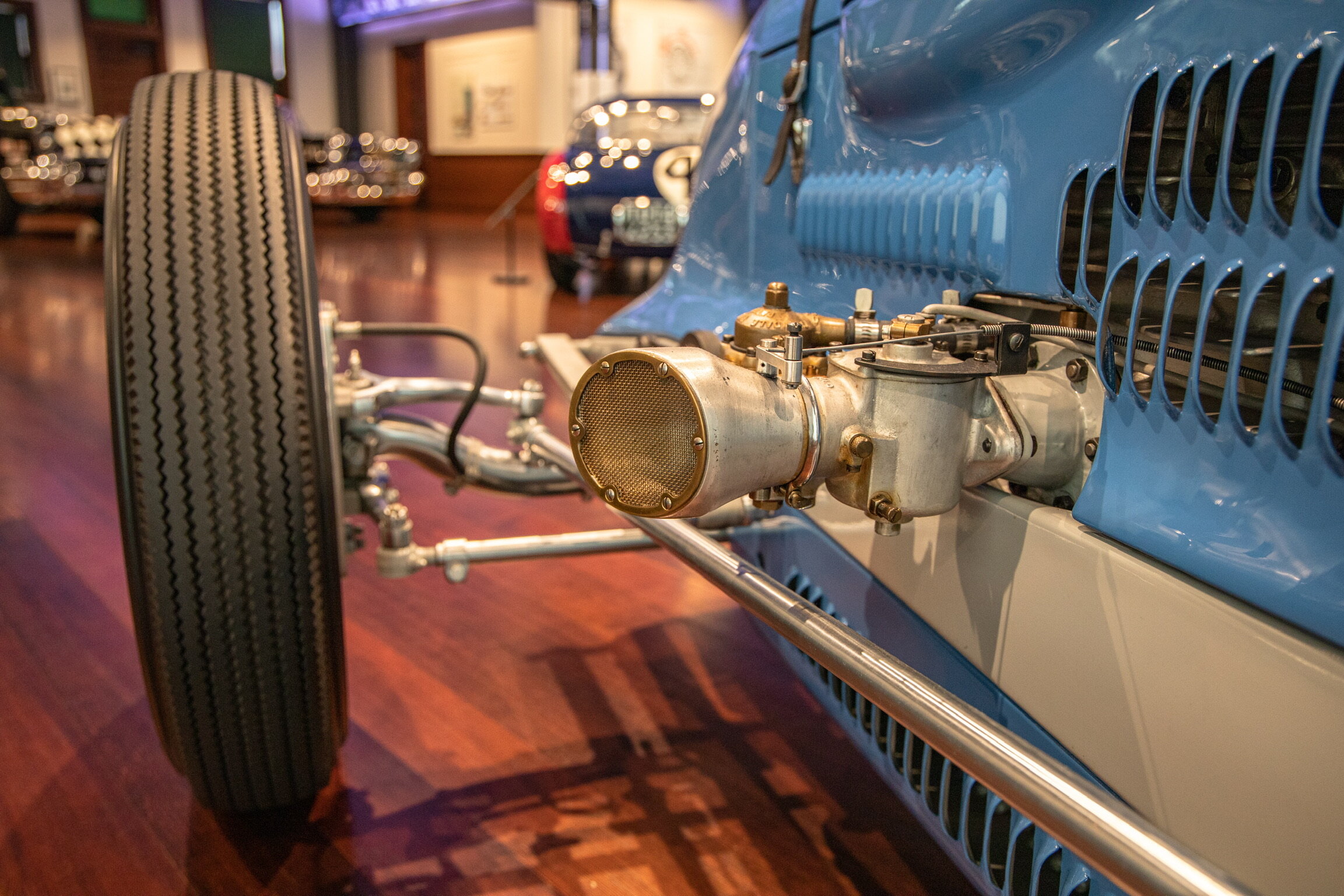
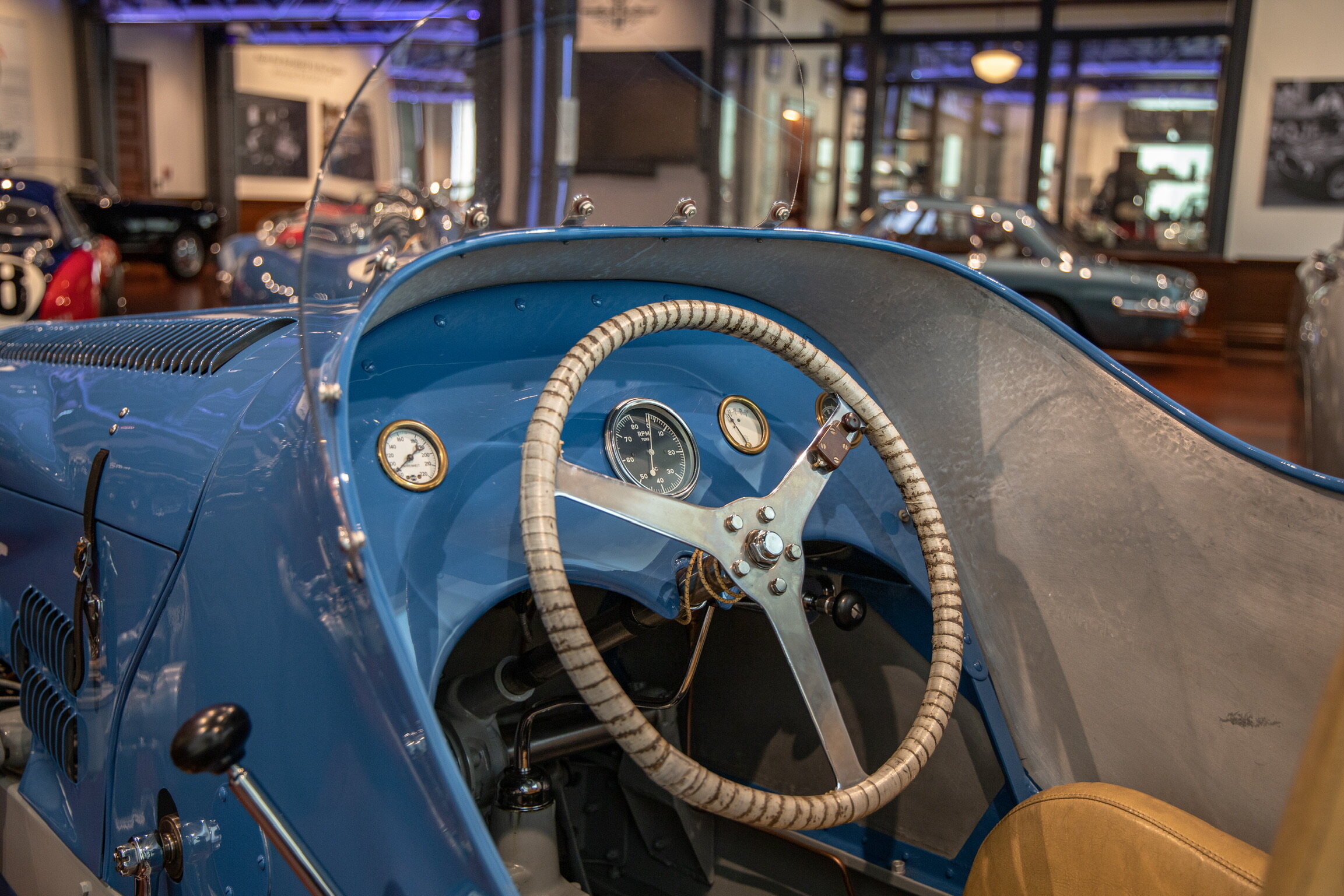
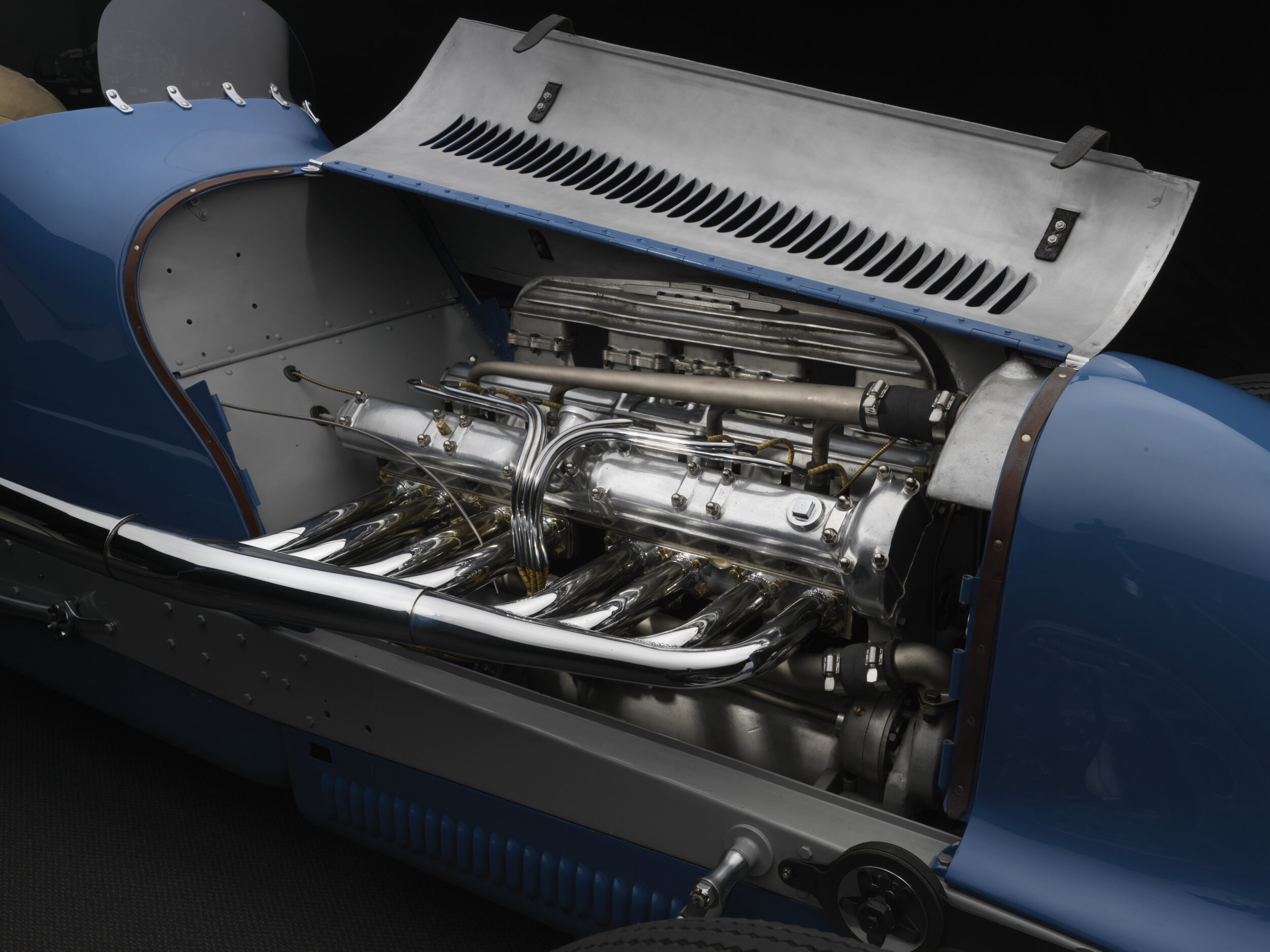
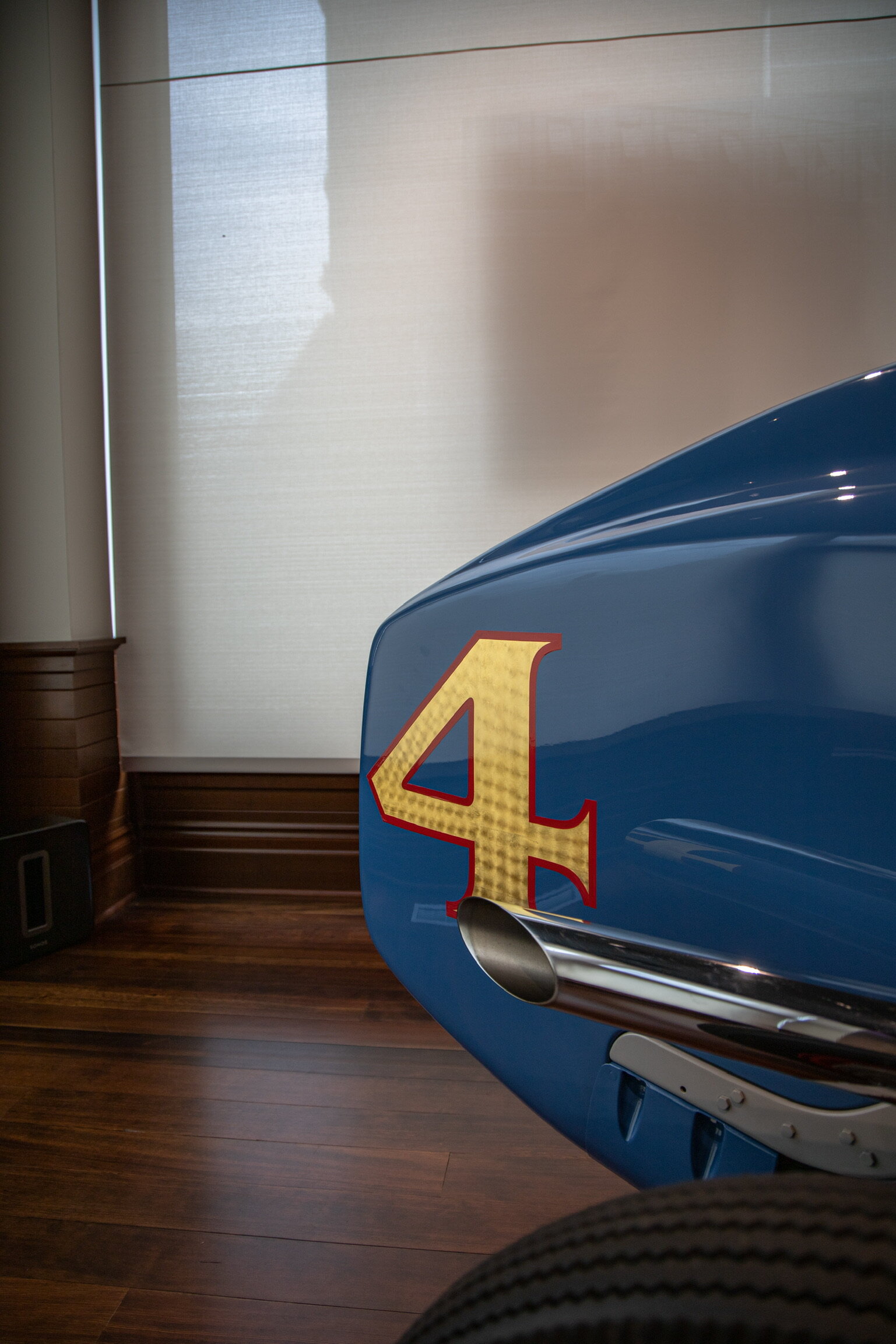
This 1930 Duesenberg started life having been constructed by Augie Duesenberg with a supercharged 91 cubic inch engine. There was a new rule added by the AAA Contest Board to make racing more accessible by favoring modified passenger cars, the so-called “Junk” formula. This also raised the maximum engine capacity to 366 cubic inches. This outlawed superchargers and mandated two-passenger bodywork, to allow a riding mechanic to accompany the driver. The car was then purchased by Harry Hartz and the engine was enlarged to 142 cubic inches. He hired Fred Frame, an Indianapolis racing veteran, to race the car. Fred finished in second place and was only 43 seconds off the winning car’s pace.
In 1933, Frame bought the car from Hartz and had a new body and chassis mounted to suit it for short track racing. Frame then increased the eight-cylinder engine to 188.7 cubic inches and fitted a Duesenberg ‘Side-Winder’ supercharger which increased the horsepower to over 200. In 1938, the car was modified to race in the Indy 500, but it unfortunately failed to qualify. Fred Frame continued to race the car into the 1940s and later retired. Briggs Cunningham found the car, “barn-find” style, in a chicken coup years later in Santa Rosa, California. It is now part of the Collier Collection at the Revs Institute.
Brothers Fred and Augie Duesenberg founded their namesake company in 1913 with goals to build engines and race cars. Eddie Rickenbacker raced a Duesenberg in the 1914 Indianapolis 500, and while they placed in 10th, a Duesenberg won the race in 1922, 1924, 1925, and 1927. Jimmy Murphy became the first American to win the French Grand Prix, driving a Model A Duesenberg to victory at Le Mans in 1921.
This unique Duesenberg spring car was under construction by Augie Duesenberg as a supercharged 1.5 liter single seat racer, until the AAA Contest Board introduced new rules for the 1930 season with the intention to make racing more accessible. The new regulations favored modified passenger cars, outlawed superchargers, quickly making this Sprint Car obsolete.
Loan courtesy of Miles Collier Collections @ Revs Institute, Naples, FL
Specifications:
Configuration: Front Engine, Rear Wheel Drive
Engine: 2.8 Litre Supercharged Inline Eight
Horsepower: 200hp @ 5000rpm
Transmission: 3-speed Ford
Top Speed: 115 MPH +
Curb Weight: 1,771 pounds




